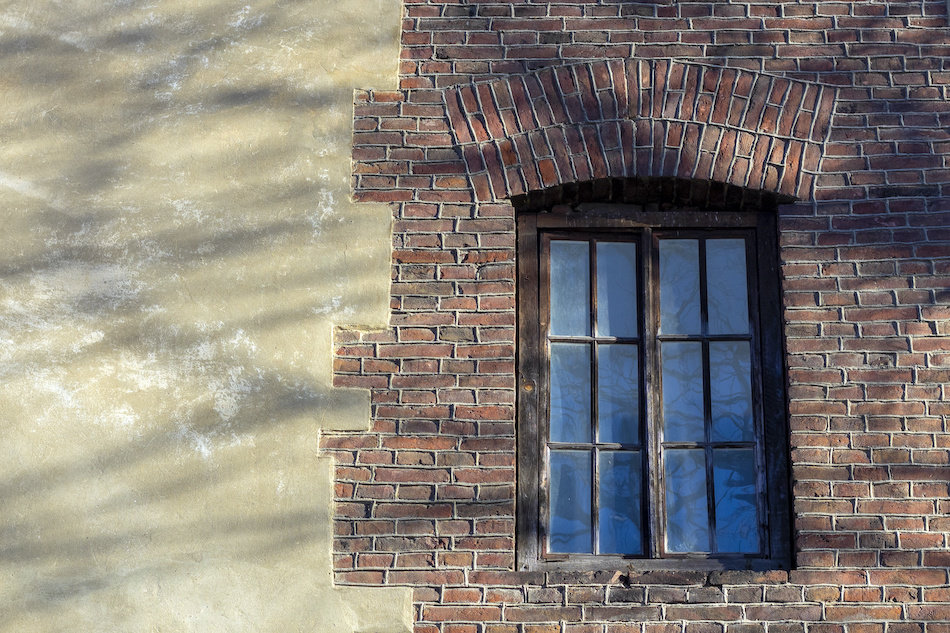Home Siding Options: 7 Siding Types Homeowners Should Know
Posted by Lauren Schneider on Tuesday, September 21st, 2021 at 9:52am.
 Siding is one of the most expensive components of a home. On the bright side, there are lots of siding options, which makes it possible to find a type of siding that matches the budget and needs of almost any homeowner. When building a new construction home or updating an older residence, it's important to know what the siding choices are and the advantages and disadvantages of each. Read on to learn about the most popular styles of home siding.
Siding is one of the most expensive components of a home. On the bright side, there are lots of siding options, which makes it possible to find a type of siding that matches the budget and needs of almost any homeowner. When building a new construction home or updating an older residence, it's important to know what the siding choices are and the advantages and disadvantages of each. Read on to learn about the most popular styles of home siding.
Vinyl Siding
Recent upgrades to vinyl have made it the most popular choice for home siding in the U.S. Still, there are pros and cons to vinyl siding. It has largely replaced aluminum and steel, which are seldom used today. Vinyl is affordable, and the technology to produce durable vinyl gets better every year.
Vinyl siding is the lowest cost option, it's low maintenance, and it's available in a bounty of colors and styles. However, it usually can't be painted, and it can fade over time. While quality has soared, there's still low-end vinyl that's easily damaged.
Wood Siding
Wood siding is natural and beautiful. It can be in the form of shakes, shingles, or clapboard. When properly cared for, it can uphold its original beauty for many years. Cedar and redwood are the most popular species.
Wood is a rich look that some people insist on. One perk is that it looks great natural and painted. Unfortunately, maintenance is time-consuming and expensive. It has to be restained or repainted every few years. It's not fireproof, it can rot, and it's susceptible to pests such as woodpeckers and termites.
Engineered Wood Siding
Engineered wood is made from wood with some additives. It looks like natural wood, but it costs less and is easier to install. The lower price makes engineered wood siding an affordable option. It's more durable than natural wood, and, like so many synthetic products, it's scientifically improved all the time. It doesn't have the maintenance requirements or pest vulnerability of natural wood, but, on the flip side, it still doesn't have the handsome, natural look of authentic wood siding.
Fiber Cement Siding
Fiber cement siding is a combination of wood fibers, sand, and cement. James Hardie is a well-known brand because it's built to look and feel like real wood.
Fiber cement is durable, easy to maintain, and less expensive than natural wood. It's available in about any color or design imaginable. It's non-flammable, and it doesn't fade as easily as vinyl. However, fiber cement siding is not the lowest cost option, being considerably more expensive than vinyl and a little more than engineered wood.
Brick Siding
It's less common today to build solid brick walls. Most modern brick siding is a facade built on a wood frame. Brick veneer is less expensive than solid brick but still costly. Nothing is more durable than brick siding. It won't fade or rot, it resists fire, and it can last for hundreds of years without maintenance. It's also easy to paint over.
But the cons? Brick is expensive. It requires expertise to construct a solid brick wall. Additionally, once a solid brick wall is built, it's impossible to switch to another type of siding. Finally, solid brick is not soundproof and doesn't resist water as well as other siding types.
Stone Siding
Solid stone siding is stunningly beautiful but very expensive. Stone is impervious to weather, fire, moisture, and pests and will last longer than any other siding type. Additionally, stone siding helps energy efficiency when paired with best home insulation practices. The costs of installing and sealing stone siding add to the list of large expenses.
Stucco Siding
Stucco is made from sand, cement, lime, and water. 100 years ago, stucco was a common siding in much of the country, but today it's used mostly to create a Mediterranean or Spanish mission look. Properly installed stucco can last the life of the house. Stucco is soundproof, weatherproof, and resists bugs. Stucco siding paired with the top roofing materials could make for an especially durable home. It can be applied decoratively to achieve a variety of desired looks.
If stucco is not applied properly, it can crack and become vulnerable to moisture. It's not recommended to paint it, as a paint layer can trap moisture and cause mold.
Which Siding Is Best?
The best type of siding depends on the homeowner's wants and needs. Vinyl provides an affordable and attractive option, while stone and stucco offer unbeatable luxury. Before investing in siding, homeowners should consider the climate they live in, the amount they can budget for siding, and the home style they desire.
